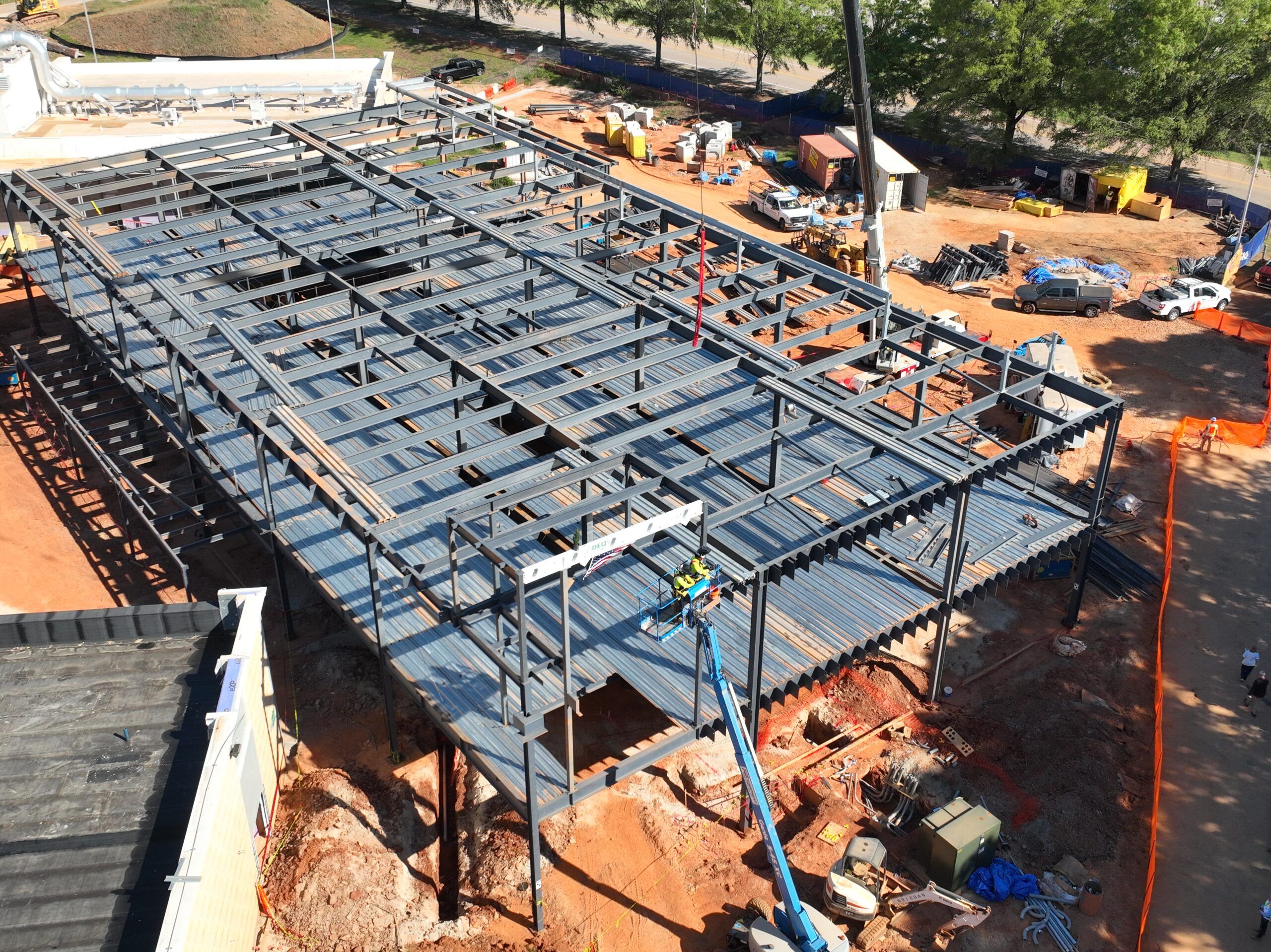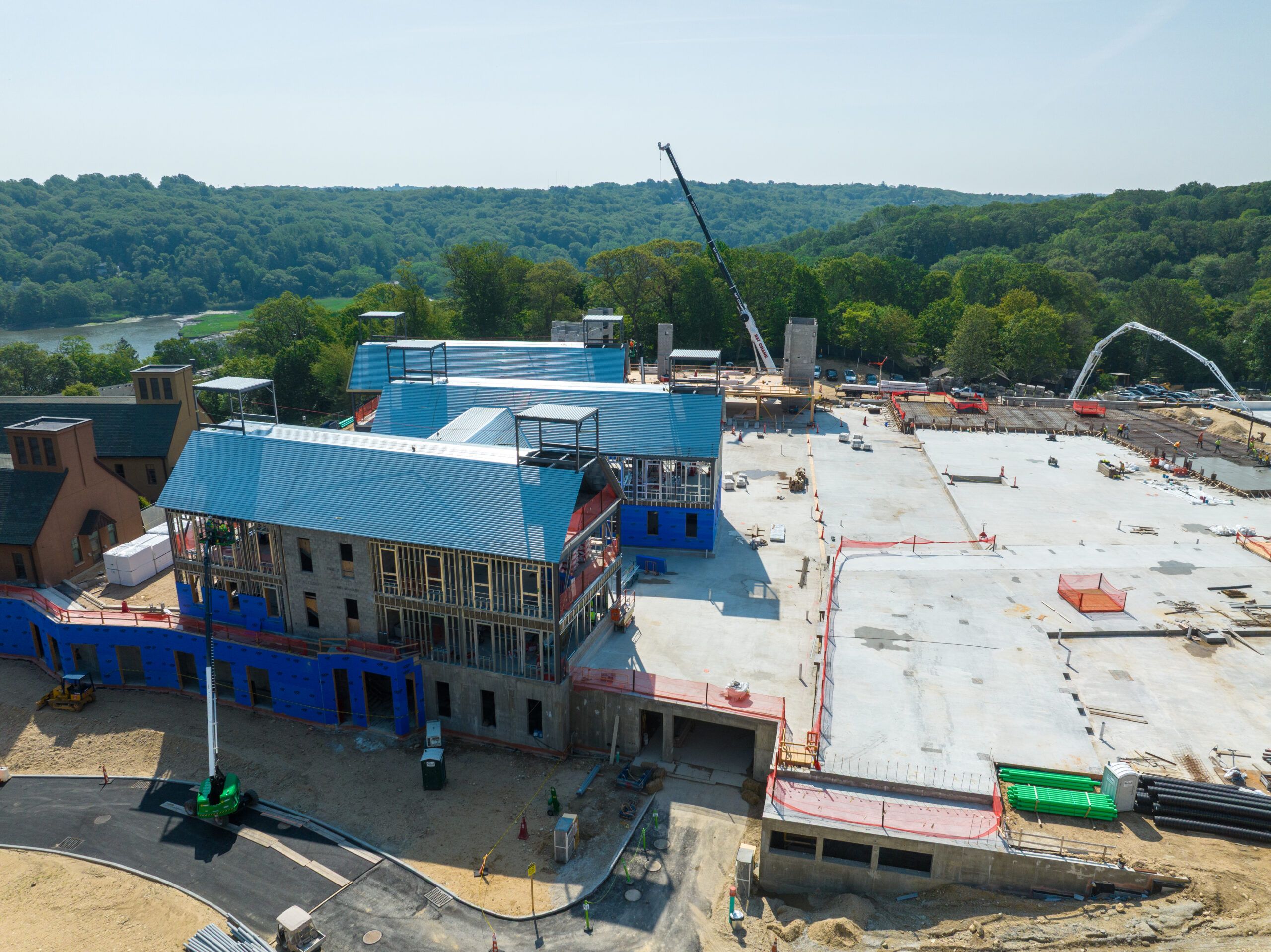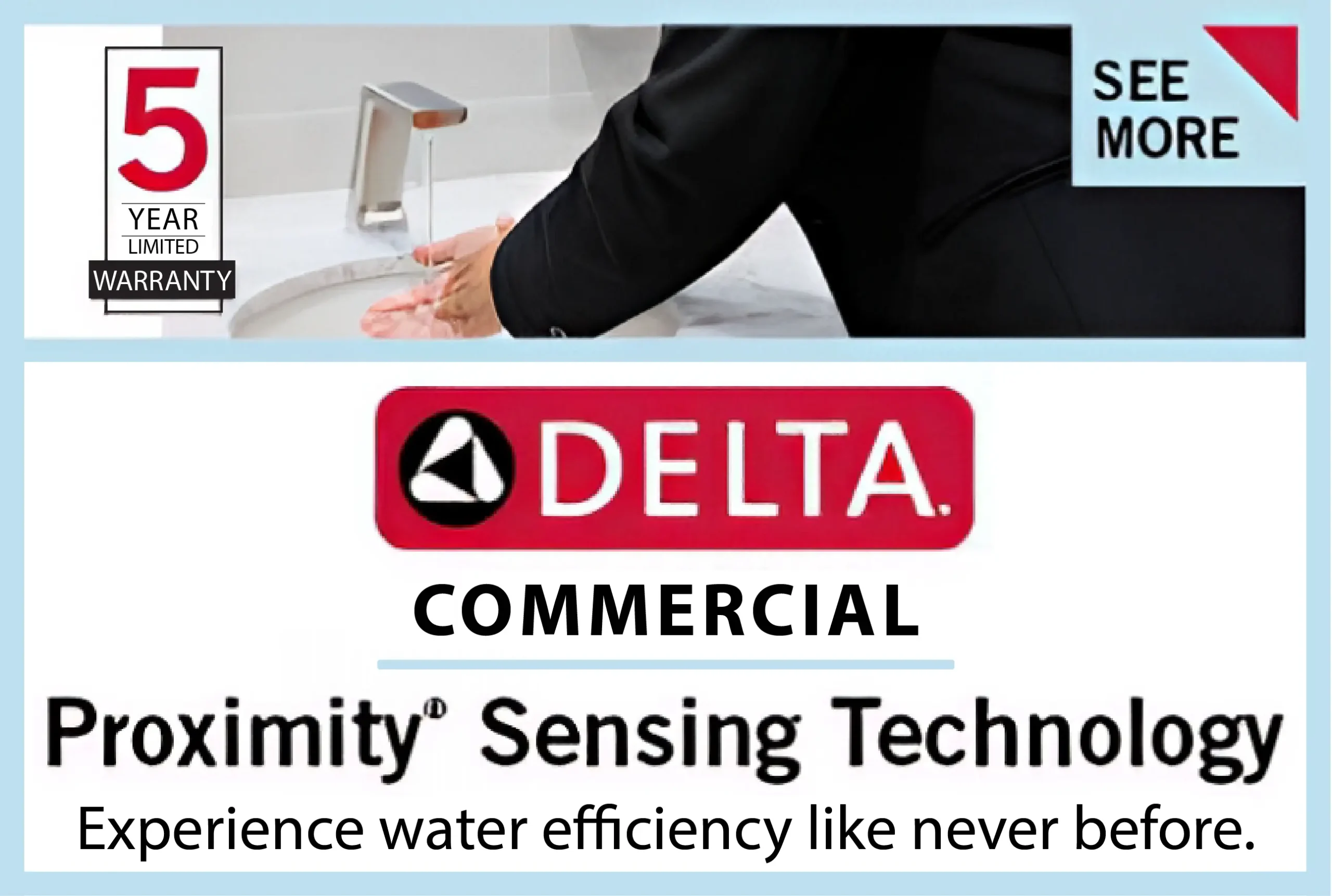Concrete forms the foundation of many structures, from residential driveways to commercial buildings and municipal infrastructure. Over time, however, concrete is vulnerable to various issues, including cracking, spalling, and erosion due to environmental exposure and wear.
What begins as minor damage can become a significant structural problem if left unaddressed. Unfortunately, many property owners delay repair until the issue becomes unavoidable, which can lead to extensive and costly restoration. We will explore how taking action at the first sign of damage can preserve structural integrity, extend a structure’s life, and prevent unnecessary financial loss.
The Long-Term Value of Timely Repairs
Minor Cracks Can Become Major Hazards
What looks like a hairline crack on a driveway, sidewalk, or foundation wall may seem harmless at first glance. However, these small fractures are often early signs of more serious issues such as water infiltration or shifting foundations. When moisture seeps into a crack and freezes, it expands, causing further widening and destabilization. Additionally, cracks allow for chemical penetration from salts and pollutants, weakening the concrete’s core strength.
Addressing these minor defects early with patching, sealing, or resurfacing techniques can prevent the development of costly structural hazards. For property owners seeking Concrete Repair In The GTA, acting quickly ensures a minimal investment that preserves the concrete’s appearance as well as the safety and functionality of the entire structure.
Water Damage Accelerates Structural Decay
One of the most destructive elements for concrete is water, particularly when it’s allowed to infiltrate unchecked. Once inside, water begins to erode the materials binding the concrete together. Over time, this can cause internal corrosion of rebar, leading to expansion and cracking from within. In climates with freezing temperatures, the problem escalates through freeze-thaw cycles, where trapped moisture repeatedly expands and contracts.
Timely repair acts as a barrier, sealing the concrete and preventing infiltration that can compromise the structure from the inside out. Failure to prevent water-related decay in commercial buildings or apartment complexes may result in structural instability, higher insurance premiums, and even potential lawsuits. Simple solutions like waterproof coatings or drainage adjustments can save tens of thousands of dollars by avoiding major reconstruction or reinforcement.
Preserving Property Value and Curb Appeal
Beyond structural soundness, neglected concrete can hurt the visual integrity of a property. Cracked sidewalks, crumbling stairs, or uneven driveways send a message of poor maintenance, which can significantly affect property value and deter buyers or tenants. In commercial settings, unsightly concrete can reflect poorly on the business and create safety risks that increase liability.
Prompt repairs, on the other hand, maintain a clean and stable appearance that attracts positive attention and reassures inspectors, lenders, and real estate appraisers. Property owners looking to sell or lease space can recover the cost of timely repairs through increased value or faster occupancy. Furthermore, municipalities and HOAs may issue fines or mandates if damaged concrete poses a public safety concern, adding even more reason to address issues quickly before they attract costly enforcement actions.
Reducing Long-Term Maintenance Costs
When concrete damage is addressed early, the solutions are typically low-cost and require minimal equipment. Crack sealing, surface patching, and leveling are inexpensive compared to full replacement or structural reinforcement. Once concrete damage has reached an advanced stage, the repairs often involve demolition, excavation, and reconstruction, all of which come with high labor and material expenses.
There’s also the cost of downtime—homeowners may lose access to driveways or garages, while businesses might experience operational delays or customer access issues. Property owners can significantly reduce their long-term expenses by budgeting for routine inspections and minor repairs. Preventive maintenance is far more affordable and less disruptive than emergency restoration, especially when concrete is critical in load-bearing or high-traffic areas.
Enhancing Safety and Liability Protection
Damaged concrete isn’t just a cosmetic issue—it can pose real safety hazards. Uneven surfaces are a common cause of trips and falls, leading to injuries that can result in medical claims or legal disputes. Property owners may be held liable for incidents occurring on premises with visible hazards in commercial environments. Insurance providers may even deny coverage or raise premiums if routine maintenance isn’t performed.
Timely concrete repairs help eliminate these risks before they result in harm. For example, lifting and stabilizing sunken slabs in a sidewalk or repairing chipped stair edges can prevent accidents and offer peace of mind. Safety compliance regulations may mandate specific standards in industrial or public spaces, and failure to meet them can result in fines or closures. Addressing concrete issues early supports a safer environment and helps maintain compliance with health and safety codes.
Concrete may seem indestructible but it requires attention and care to maintain its strength and function. Property owners who act quickly at the first sign of cracking, moisture, or wear can avoid a chain reaction of problems that may end in costly structural failure.
From preventing water damage to protecting against safety liabilities, the value of early intervention cannot be overstated. Timely repair preserves not just the concrete itself but the entire structure’s integrity, value, and safety. With minimal investment in ongoing maintenance and repairs, thousands of dollars can be saved over the life of a property. Making this proactive choice today can mean fewer regrets—and fewer expenses—tomorrow.











